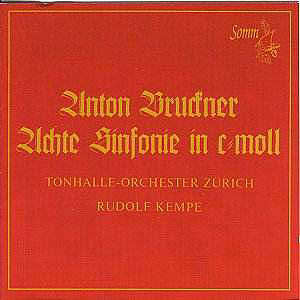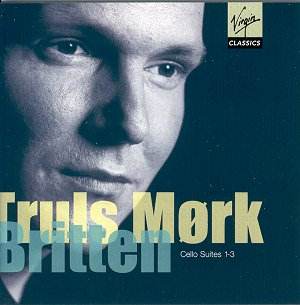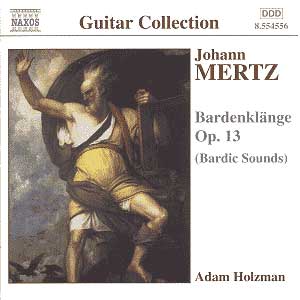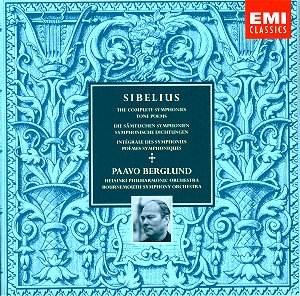 Composer: Anton Bruckner
Composer: Anton Bruckner
Works: Symphony No. 8
Performers: Zurich Tonhalle Orchestra, Rudolf Kempe (conductor)
Recording: Recorded at Tonhalle Zurich Studio, November 1971
Label: SOMM CD 016-2 [2 CDs 82’02]
Bruckner’s Eighth Symphony stands as a monumental testament to the composer’s late Romantic vision, encapsulating the spiritual and structural complexities that define his oeuvre. Premiered in 1892, it is a work imbued with both grandeur and introspection, reflecting Bruckner’s ongoing struggle with the interplay of faith and artistic expression. Rudolf Kempe’s interpretation with the Zurich Tonhalle Orchestra, recorded in 1971, offers a lens through which listeners can explore this rich tapestry, albeit with certain interpretative choices that may evoke mixed responses.
The performance unfolds with a clarity that is both commendable and perplexing. Kempe’s conducting is marked by a natural flow, suggesting an understanding of the symphony’s architectural integrity. The first movement, while driven, occasionally lacks the lyrical expansiveness that one might yearn for in Bruckner’s strings. The rubato employed is subtle, yet the strings do not soar with the necessary fervor. This absence is most noticeable during the pivotal moment at 8’40”, where the brass attempt to assert their presence; however, this proclamation feels somewhat disjointed, lacking the cohesive blend that Bruckner’s orchestration demands.
In the Scherzo, Kempe’s brisk pacing—two minutes swifter than the recent interpretation by Skrowaczewski—manages to maintain a vigorous energy. Yet, this urgency does not come at the expense of the crucial trio section, which emerges with commendable clarity. It is here that Kempe’s ability to balance the orchestral forces shines through, revealing the intricate counterpoint that often gets overshadowed in faster renditions. The Adagio, however, is where Kempe’s interpretative depth truly manifests. The strings achieve a burnished tone, and the dynamic gradients are handled with precision, allowing for a profound emotional arc. The interplay between the brass and strings at 16’02” exemplifies Kempe’s instinct for forward momentum, even if some purists might find his approach to the Adagio too assertive.
The finale brings with it a heightened sense of drama, although Kempe’s interpretation leans towards a brashness that may not resonate with all listeners. The brass outburst at 6’30” strikes as overly insistent, deviating from the more introspective resolution that Bruckner often seeks. This tendency towards a more aggressive delivery accumulates throughout the movement, possibly detracting from the symphony’s overall gravitas.
Sound quality and engineering merit attention as well; the recording captures a vivid orchestral palette, yet it occasionally foregrounds the brass in a manner that amplifies their more strident qualities, overshadowing the more delicate string textures. The presentation by SOMM is commendable, with an elegant design that reflects the Gothic inspirations inherent in Bruckner’s music.
Kempe’s rendition of Bruckner’s Eighth Symphony is a valuable addition to the discography, offering insights that are both illuminating and contentious. While it provides a lucid experience of this symphonic titan, it does not fully coalesce into a definitive interpretation. For those seeking a balance of emotional depth and structural clarity, Kempe’s approach may resonate profoundly; however, listeners might find greater satisfaction in performances that embrace the more nuanced subtleties of Bruckner’s orchestral language.



